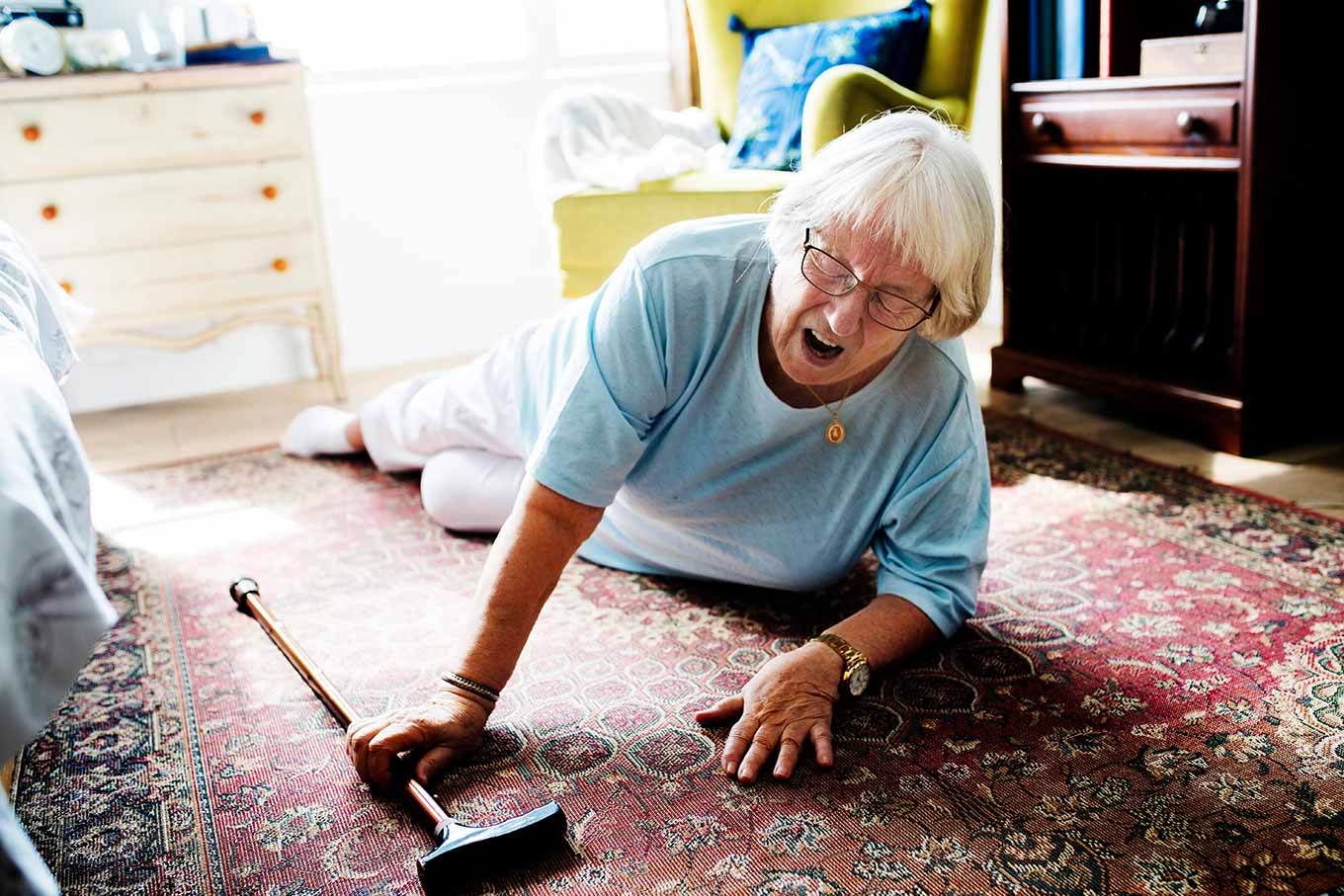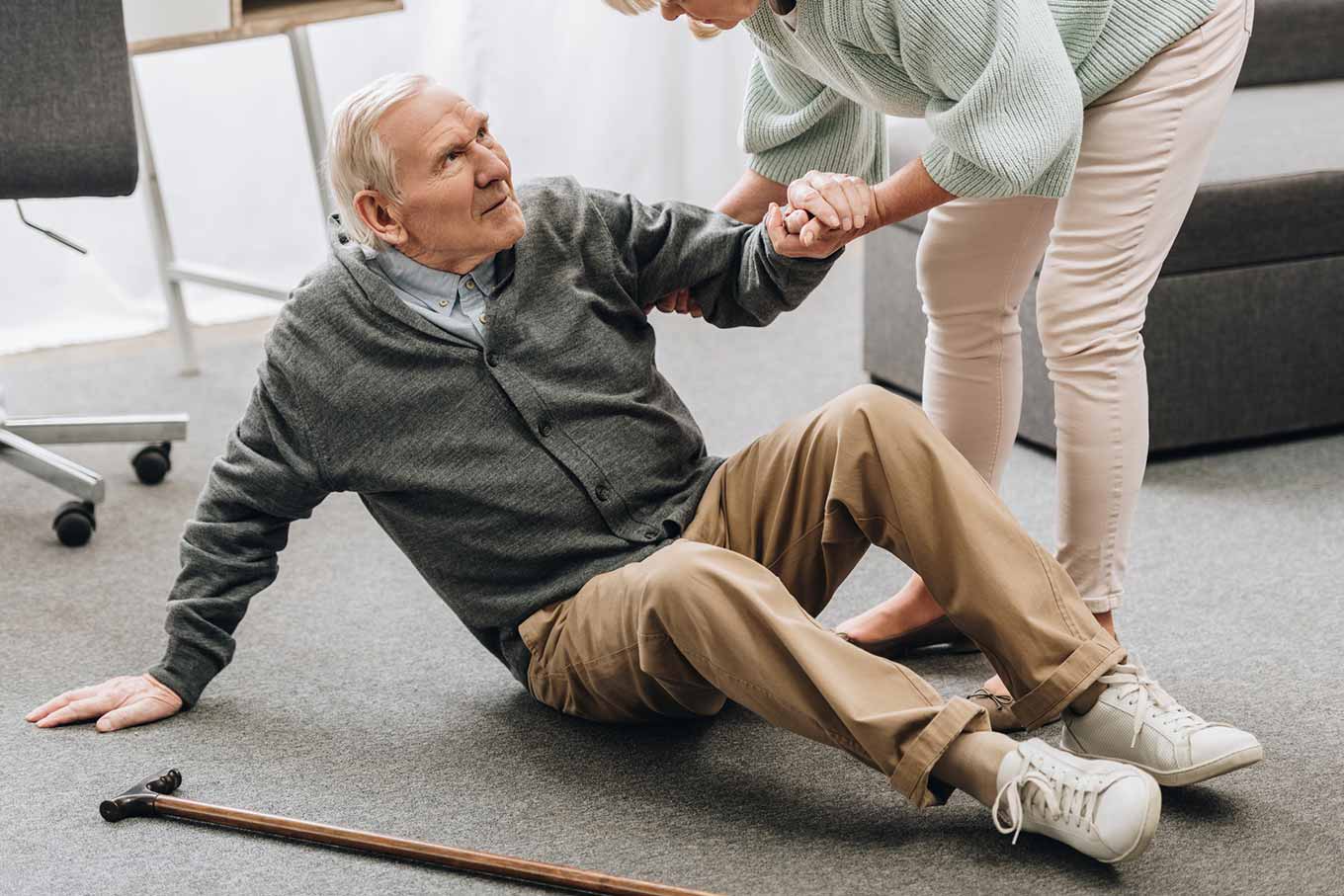Safety Proof tips for a Secure Home?
Autumn…colors are changing…leaves are falling, and often so are our seniors!
Falls are one of the leading causes of injury among seniors, but the good news is that many falls are preventable with some simple adjustments
October is a great time to focus on creating a safer environment for seniors, as it aligns with the start of fall—a reminder of the importance of stability, warmth, and preparation. Here are practical safety-proofing tips to help prevent senior falls and ensure a secure, comfortable living space.
1. Keep Pathways Clear
A clutter-free space is a safer space. Remove any tripping hazards like loose rugs, stacks of magazines, or electrical cords from hallways and main walking areas. Clear pathways ensure that seniors can move through their home without obstacles, reducing the risk of falls.
2. Install Grab Bars and Handrails
Installing grab bars in key areas like the bathroom (near the shower, bathtub, and toilet) and handrails on both sides of stairs provides much-needed support for balance. These simple additions can make a big difference in preventing slips, especially in areas with slick surfaces.
3. Improve Lighting
Good lighting is essential for fall prevention. Make sure that all rooms and hallways have adequate lighting, particularly at night. Consider adding nightlights to bedrooms, bathrooms, and hallways to make it easier for seniors to navigate in the dark. Replace dim bulbs with brighter ones, and use motion sensor lights for added convenience.
4. Non-Slip Surfaces
In areas prone to moisture, such as the bathroom and kitchen, place non-slip mats to prevent slipping. Use non-slip adhesive strips on stairs for added traction. Rubber-soled slippers are also a good choice for seniors to prevent slipping on smooth floors.
5. Keep Essentials Within Reach
Make sure commonly used items are easy to reach. Store frequently used kitchen items on lower shelves and keep important things like medications and phones in easily accessible places. Seniors should avoid using step stools or reaching high places that could lead to a loss of balance.

6. Encourage Regular Exercise
Physical activity is one of the most effective ways to reduce fall risk. Exercises that promote balance, strength, and flexibility—like tai chi, yoga, or even simple chair exercises—can help seniors maintain stability and confidence in their movements. Staying active keeps muscles strong and joints flexible, reducing the likelihood of falls.
7. Proper Footwear
Supportive, well-fitting shoes can go a long way in preventing falls. Encourage seniors to wear shoes with non-slip soles, and avoid loose-fitting slippers or walking barefoot around the house. Shoes should fit comfortably and provide stability.
8. Arrange Furniture for Safety
Ensure that furniture is arranged in a way that allows seniors to move freely. Remove furniture that blocks pathways or presents a tripping hazard. It’s also a good idea to secure any unstable pieces to the floor or wall to avoid accidents.
9. Assess Medications
Some medications can cause dizziness or drowsiness, increasing the risk of falls. It’s important to consult with a healthcare provider about any potential side effects, especially if seniors are taking multiple medications. Adjusting doses or changing medications can help reduce fall risk.
10. Make Stairs Safer
If your home has stairs, make them as safe as possible by adding handrails on both sides, marking the edges of steps with brightly colored tape, and ensuring each step has consistent, non-slip footing. Avoid placing decorative rugs at the top or bottom of stairs, as these can be easy to trip on.
Final Thoughts
Preventing falls is all about creating an environment that supports stability, independence, and confidence. By implementing these safety-proof tips, seniors can continue to enjoy their home while staying safe. A few small changes can lead to a big difference in quality of life, helping seniors feel secure, comfortable, and empowered in their own space.
Need help navigating elder care options? Contact us today for a consultation and learn more about how we can support your family’s unique needs. We’re here to support you and your loved ones every step of the way.
